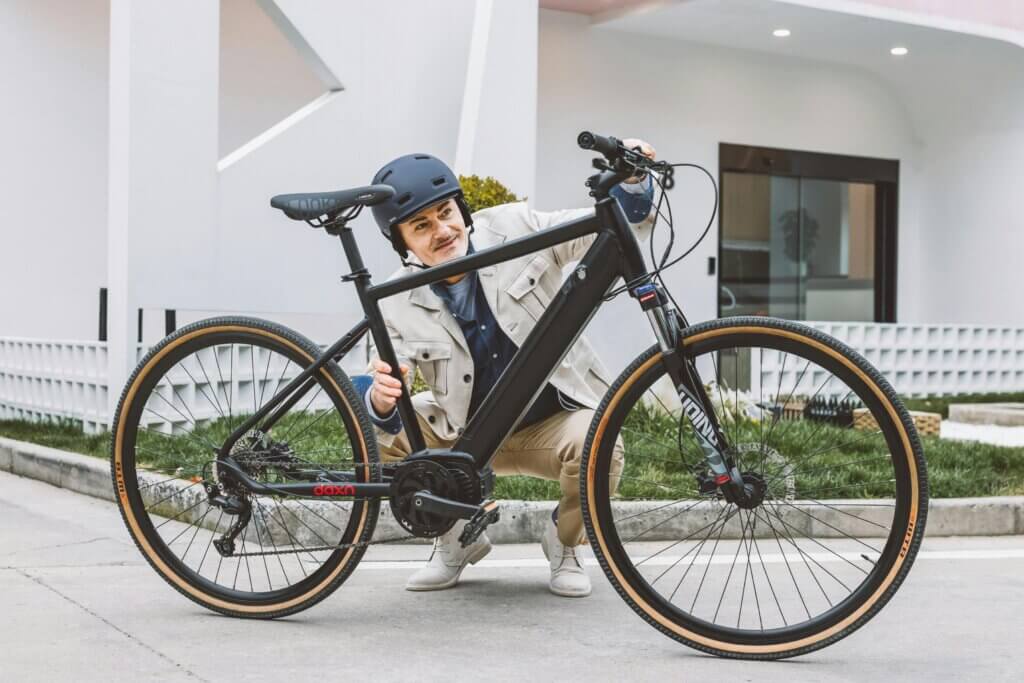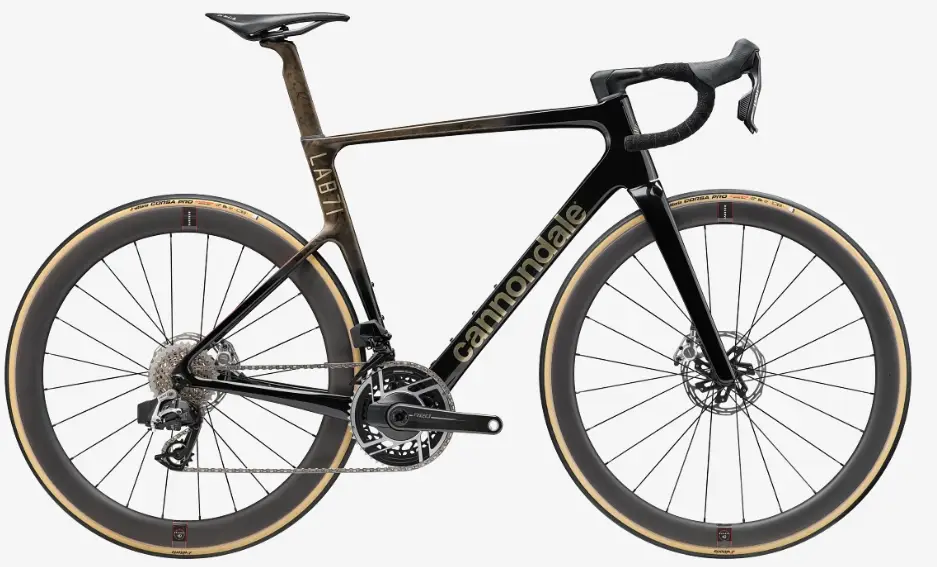The dream of swapping heavy lithium battery packs on an e-bike for something more compact is now a reality. Research has moved from a mere design studio into a prototype ride. This innovation will redefine what range means to the world of e-bikes.
Today, mobility advocates spoke of the several benefits that this swap can offer. However, this new development still poses big hurdles for both manufacturers and city riders.
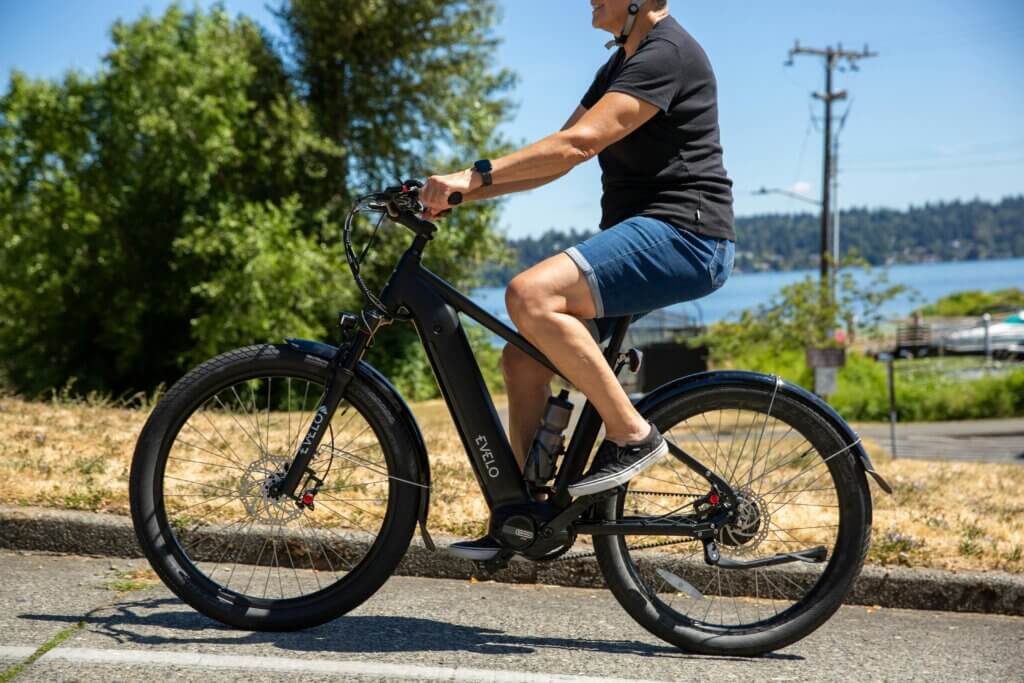
What hydrogen brings to the bike lane
Hydrogen fuel cells convert chemical energy stored in their fuel system into electricity on demand. Interestingly, hydrogen has a higher energy density per kilogram compared to batteries. This stands as a key reason behind its longer range and heavier weight.
Energy refills for hydrogen-powered bikes after use take just minutes, unlike battery-powered e-bikes, which can take hours. In the coming years, this could change the way cargo and delivery e-bikes operate. This is the best way to eliminate the concept of hotswapping forever.
A mobility sales associate at the IAA conference revealed that the hydrogen-powered e-bike is in its development stage, specifically targeting the delivery market.
Meanwhile, the design experiment carried out in the LAVO has demonstrated hydrogen potentials.
In fact, the riders who tested the prototype claimed it gave a sense of freedom. Furthermore, they believed it freed the range anxiety that plagues battery-powered e-bike users.
So what does hydrogen bring to the table? An extended range and a lighter energy pack. Finally, we have a conventional refueling model, which makes it easy to ditch the charge over time technology.
Supply chains and lifecycle tradeoffs
Advocates of hydrogen technology have highlighted benefits, including the lifecycle and supply chain. Unlike battery fuel-cell systems that rely on metals such as lithium, cobalt, and nickel, hydrogen systems remove the dependency. This is because such metal raises environmental and geometrical concerns, which hydrogen may help mitigate.
However, despite the promises this technology offers, it has its own safety and regulatory demands. Stored pressurized gas, even in low volumes, will trigger strict laws of cylinder certification. All contribute to production costs and slow deployment in dense urban environments where many e-bikes operate.
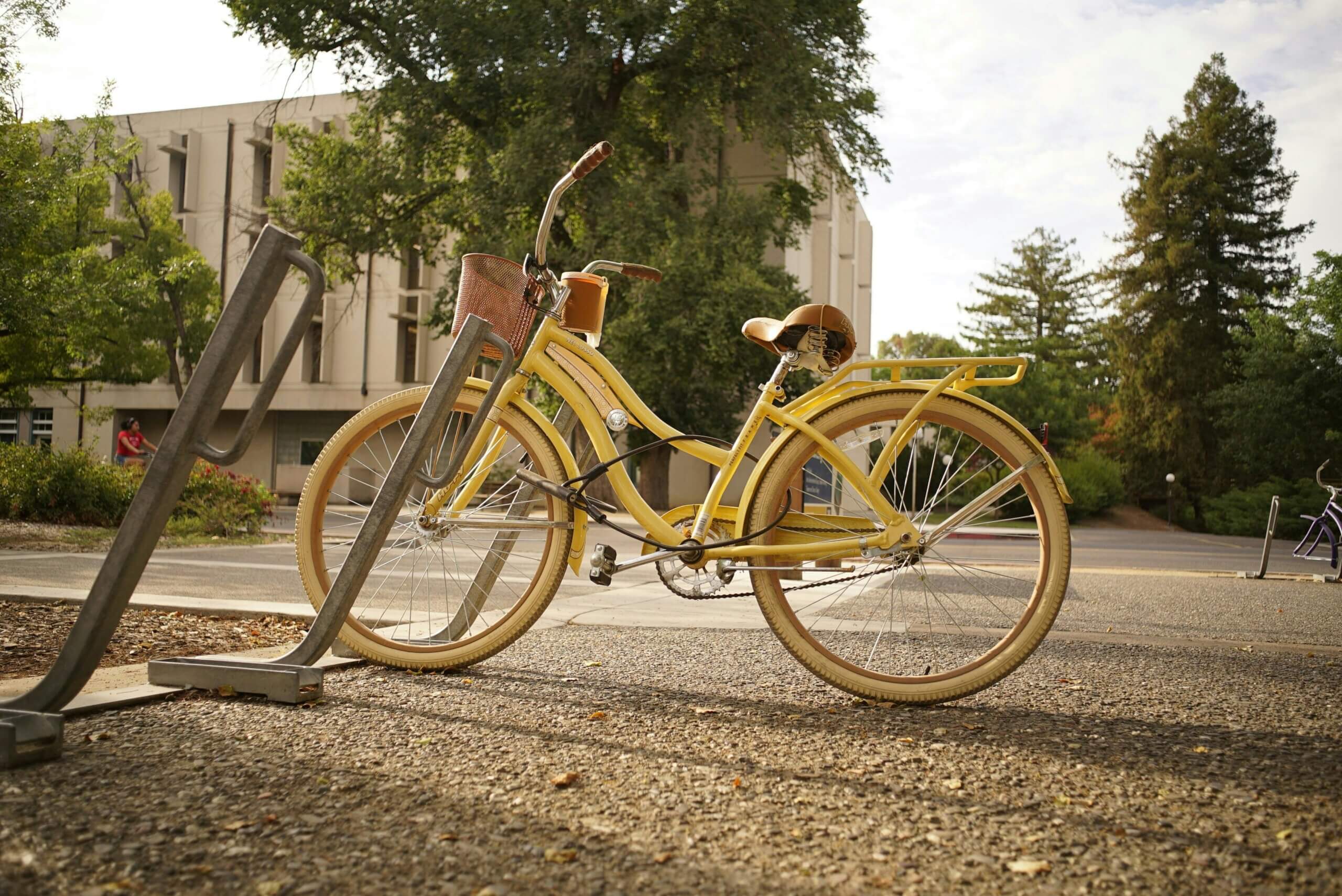
Who stands to win
Hydrogen-powered e-bikes may be promising, but not in all markets. Recreational riders and urban cyclists who value a low purchase price might not find the hydrogen-powered e-bike a better choice. Riders who prefer charging at home most often choose battery technology.
Interestingly, e-bike battery innovations are improving energy density and charging speed. The presence of existing charging infrastructure also makes the battery tech difficult to beat.
On the brighter side, every e-bike for commercial purposes is a realistic early market for hydrogen. This is because operators can centralize on refueling while prioritizing uptime. This explains why many companies are targeting the commercial sector of e-bikes.
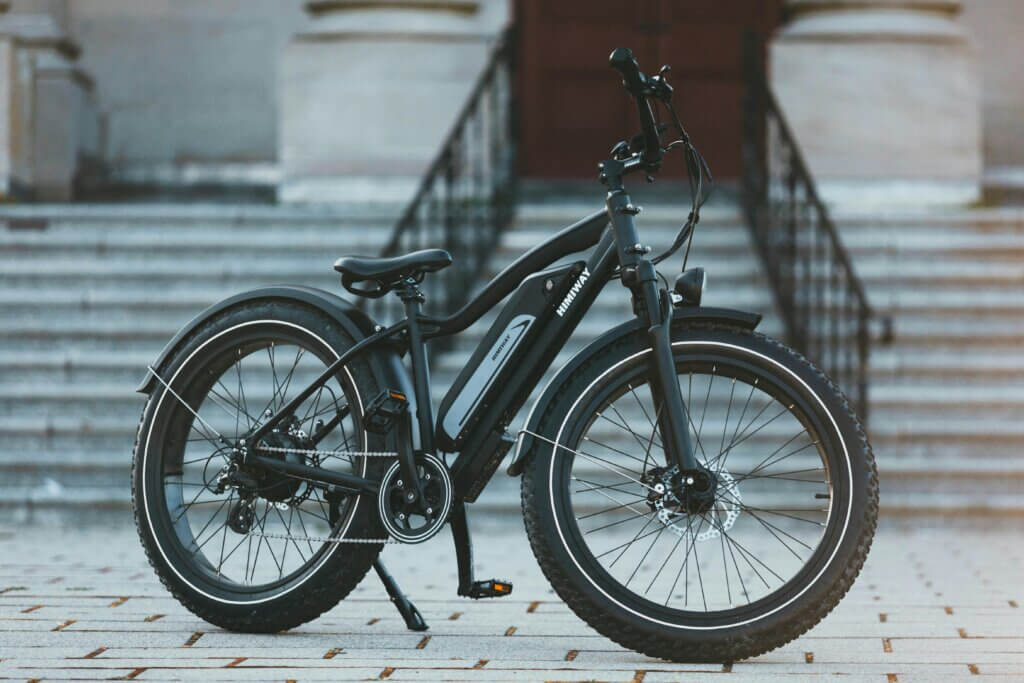
The Technical Arms Race Continues
Battery developers are at the top of the game with the advances in higher-energy chemistry. We are seeing technology that betters recyclability with sodium and silicon-enhanced nodes.
Meanwhile, the discovery of the solid-state battery is starting to close the safety and performance gaps. This means hydrogen technology will need to prove more than just a range advantage.
The benefits must encompass the cost, operating uptime, and even lifecycle emissions. This is the only way to win a large market share.
The bottom line
Hydrogen-powered bikes are no longer fiction as some prototypes and pilots demonstrate that the technology holds promise. And cargo electric bikes are possible early adopters.
Although barriers such as sparse refueling, capital cost, competitive battery improvements, and regulatory complexity keep this technology under wraps.
Experts have predicted that the next five years will determine if hydrogen will ever be a niche tool for commercial e-bikes. Can hydrogen ever challenge the lithium-ion system in the bike lane? Guess we will find out.
For riders and e-bike rental providers who will weigh their options, the right question is not “Hydrogen or Lithium”? Remember, your question should be Which of these powertrains match my needs?

